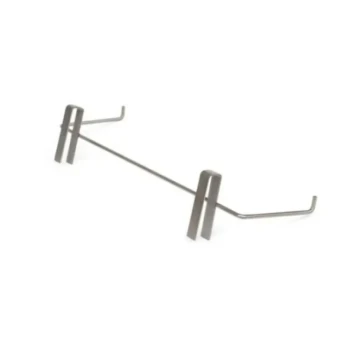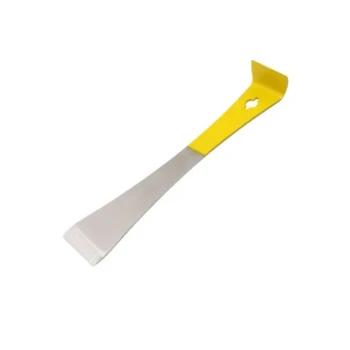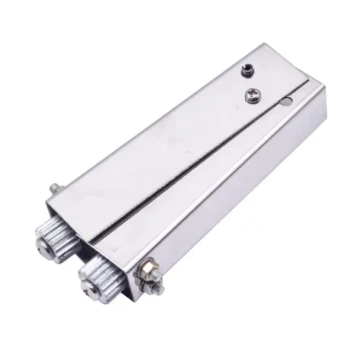At its core, a bee suit is a system of interlocking components designed to create a bee-proof barrier. The essential parts are a veil to protect the head and neck, a jacket or full-body coverall, gloves for the hands, and features like elastic bands or zippers at the wrists and ankles to seal any potential entry points for bees.
A bee suit is not merely a set of protective clothes; it's a sealed personal environment. The effectiveness of the suit depends less on any single component and more on how well these parts work together to eliminate any gaps a bee could exploit.
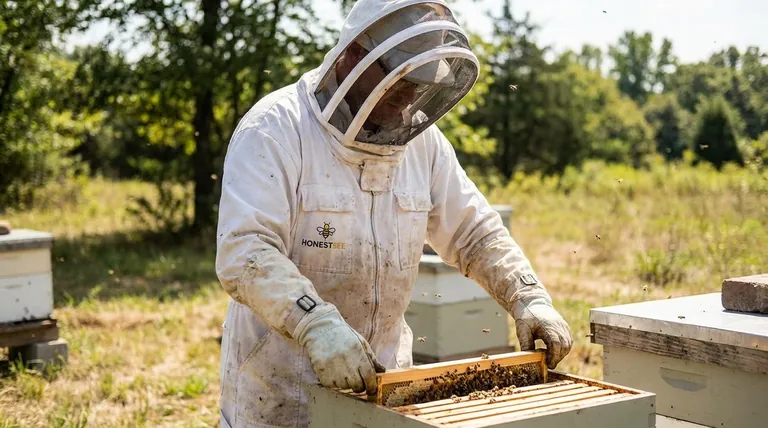
The Essential Components of a Bee-Proof Barrier
A complete bee suit is a head-to-toe solution. Each piece serves a specific function in ensuring you can work safely and confidently around your hives.
The Veil: Your Window to the Hive
The veil is the most critical component for protecting your face, neck, and head. It provides a clear line of sight while keeping bees at a safe distance.
Most modern suits feature a "fencing" style veil, which is a structured hood that keeps the mesh screen away from your face. Many are also fully detachable via a zipper for easy removal when you are away from the hive.
The Body Covering: Jacket vs. Coverall
You have two main choices for body protection: a jacket or a full coverall.
A jacket is convenient for quick inspections, while a full coverall offers maximum protection by eliminating the gap at your waist. The choice depends on your comfort level and the intensity of your beekeeping tasks.
The Gloves: Hands-On Protection
Gloves shield your hands from stings, which are common when manipulating frames. They are typically made of leather or other thick materials to prevent stingers from penetrating.
Sealing the Gaps: Wrists, Ankles, and Boots
Bees are adept at finding small openings. Elastic or zippered cuffs at the wrists and ankles are crucial for creating a tight seal.
These features ensure there are no gaps between your gloves and jacket or your boots and coveralls, preventing bees from crawling inside your suit.
Understanding Material and Design Choices
Beyond the basic components, the material and features of a suit dictate its comfort and functionality.
Standard Fabrics: The All-Purpose Option
Many standard bee suits are made from a durable polyester-cotton blend. This material offers a reliable balance between sting resistance, durability, and breathability for general use.
Ventilated Suits: Staying Cool Under Pressure
For beekeepers in warmer climates, a ventilated suit is a significant upgrade. These suits are constructed with three layers of mesh fabric.
This design allows air to circulate freely, keeping you cool while the multiple layers prevent bee stingers from reaching your skin.
Functional Features: Pockets and Zippers
Modern suits include practical features that enhance the experience. Large pockets are useful for carrying hive tools, and heavy-duty brass zippers ensure durability and easy use, even with gloves on.
Understanding the Trade-offs
Choosing a bee suit involves balancing protection against comfort and cost. There is no single "best" suit, only the one that is best for your specific situation.
The Cost of Ventilation
Ventilated suits provide superior comfort in hot weather, but they are typically heavier and more expensive than standard cotton or poly-cotton suits.
The Burden of Full Coverage
A full coverall offers the highest level of protection by eliminating any potential gap at the waist. However, it can be more cumbersome to put on and hotter to wear than a simple jacket and veil combination.
Material Thickness and Dexterity
Thicker gloves offer more sting protection but can significantly reduce your dexterity. This makes delicate tasks, like marking a queen or handling a single frame, more challenging.
Selecting the Right Suit for Your Needs
Your choice should be guided by your climate, the temperament of your bees, and the type of work you plan to do.
- If your primary focus is maximum safety and frequent hive inspections: A full, one-piece coverall is your best choice to ensure no gaps in protection.
- If your primary focus is comfort in a hot environment: A ventilated, three-layer mesh suit is a worthwhile investment to prevent overheating during long sessions.
- If your primary focus is quick, infrequent checks in a cooler climate: A simpler jacket-and-veil combination offers a convenient balance of protection and ease of use.
Ultimately, the best bee suit is the one that allows you to work confidently and comfortably, turning your focus from potential stings to the health of your hive.
Summary Table:
| Component | Primary Function | Key Considerations |
|---|---|---|
| Veil | Protects face, neck, and head. | Fencing style for visibility; detachable for convenience. |
| Body (Jacket/Coverall) | Protects the torso and legs. | Coverall for max protection; jacket for quick inspections. |
| Gloves | Protects hands from stings. | Leather for protection vs. dexterity for delicate tasks. |
| Seals (Cuffs/Boots) | Prevents bees from entering. | Elastic or zippered cuffs at wrists and ankles are crucial. |
| Material | Determines comfort and protection. | Standard poly-cotton blend or ventilated 3-layer mesh for hot climates. |
Equip Your Operation with Professional-Grade Protection
Whether you manage a few hives or a large commercial apiary, the right protective gear is non-negotiable for safety and productivity. HONESTBEE supplies durable, high-performance beekeeping suits and equipment designed for the demands of commercial beekeepers and distributors.
We understand that your gear must withstand frequent use while providing superior comfort. Our range includes ventilated suits for hot climates and robust coveralls for maximum protection.
Ready to outfit your team with reliable, wholesale-priced bee suits?
Contact HONESTBEE today to discuss your specific needs and discover how our equipment can enhance the safety and efficiency of your beekeeping operations.
Visual Guide
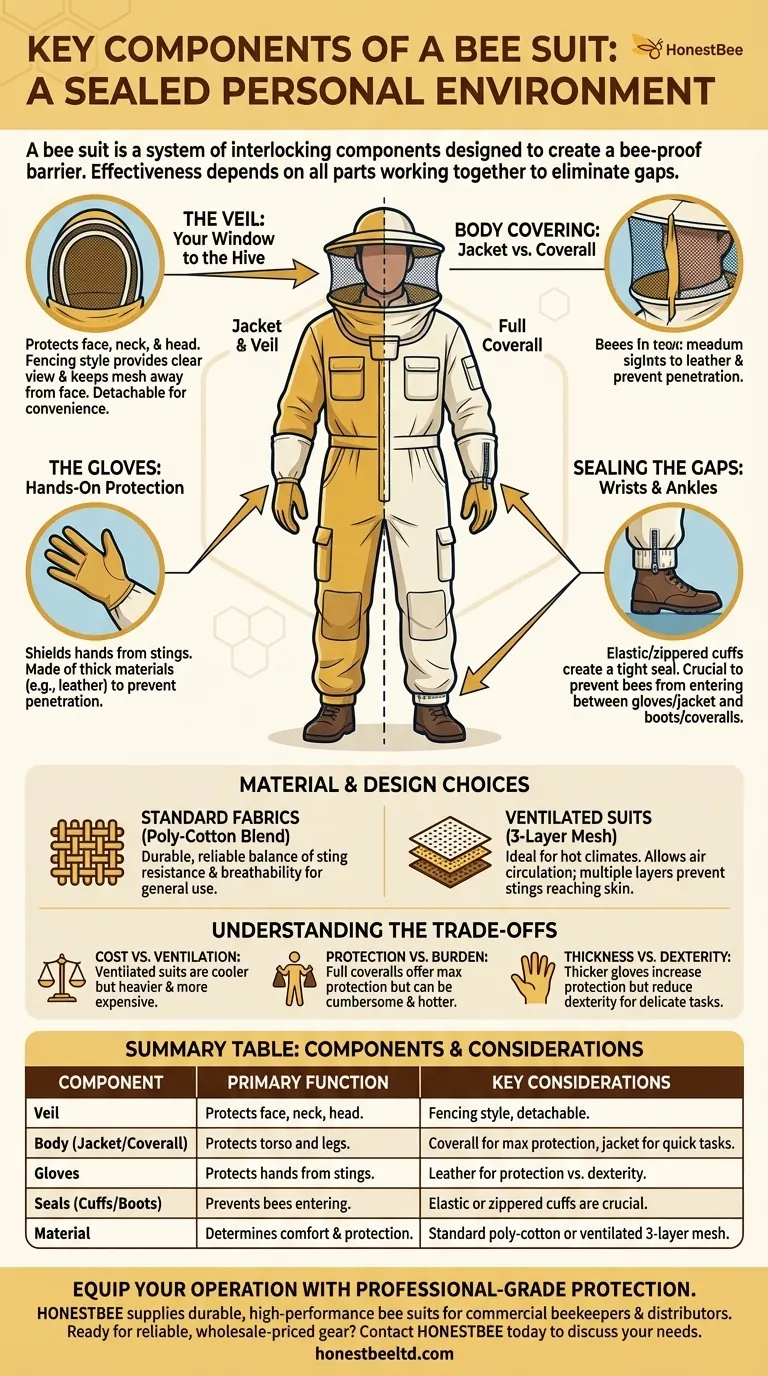
Related Products
- Cotton Beekeeping Suit and Round Hat with Veil Bee Keeper Protective Gear
- Beekeeping Jacket with Hood and Veil for Beekeepers
- White Beekeeping Protective Suit and Hat with Fencing Veil for Beekeepers
- Professional Beekeeping Suit for Kids and Girls Childrens Bee Keeper Suit
- Beekeeper Cowboy Hat and Veil for Beekeeping
People Also Ask
- What are bee suits made of? Choosing the Right Material for Maximum Protection & Comfort
- What are the benefits of a fully ventilated beekeeping suit? Stay Cool and Protected in Hot Climates
- What factors should be considered when choosing a beekeeping suit? Balance Safety, Comfort & Performance
- Do beekeeping suits completely prevent stings? Maximize Your Apiary Safety with the Right Gear
- Why is a jacket with a hat veil recommended for beekeepers? Essential Protection for Your Face and Neck









